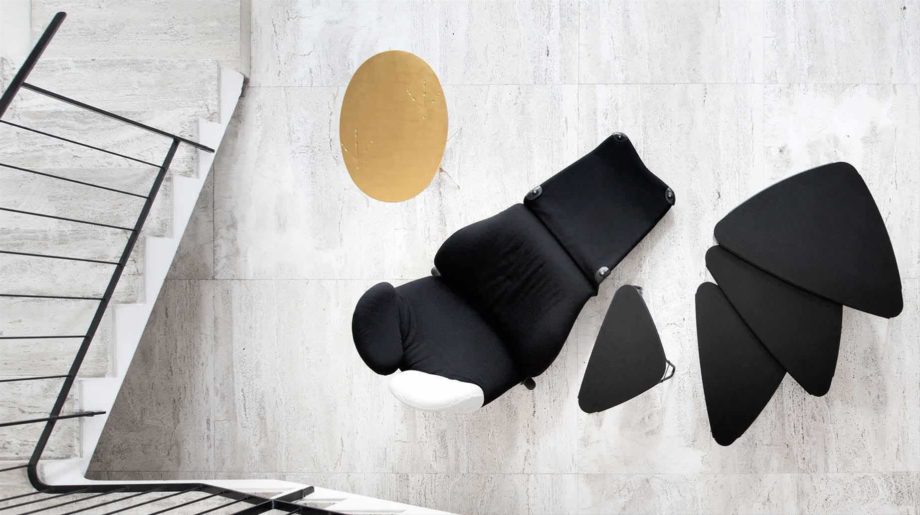
The 70’s interior design continues to amaze us with its innovative and original ways. Here are some ideas to bring some of that atmosphere into our homes...
The '70s were a real revolution in the world of design and culture. The desire to surprise and shock the observer can be noticed in every environment: from art, to literature, to architecture.
These are the golden years of Italian design, and its international reach was recognized thanks to the exhibition "Italy: the new domestic landscape", held in New York in 1972.
We can say that in the '70s the domestic environment changed radically in many aspects. At home, appliances that change the face of spaces like the kitchen and bathroom are introduced, the television is inserted in the living room and changes the way we arrange our sofas and armchairs. People's needs change quickly, like the world around them...and the world of design is ready to respond to these changes.
But which are the seventies furniture design icons that have managed to interpret the spirit and liveliness of the era?
Without a doubt we have to mention the Proust armchair by Alessandro Mendini, designed for Cappellini in 1978. The armchair, inspired by the famous French writer, is an undisputed symbol of postmodern design, combining classic lines with the vivacity of colors and the typical innovation of this decade.
The Wink armchair by Cassina, designed by Toshiyuki Kita, is a real tribute to the creativity of the 70s interior design. A versatile chaise lounge armchair, halfway between the ergonomic car seat - a medium that starts to spread widely throughout this decade -, adjustable with a knob, and the ironic silhouette of Mickey Mouse.
A playful and irreverent armchair, which contrasts with the visual boredom and the passing of time.
In addition to its particular shape, Wink also has the privilege of being a very eclectic armchair, thanks to its potential to change shape according to the seating requirements. From a reading chair to a chaise lounge, the Wink armchair perfectly embodies the spirit and the will to change that characterized these years.
Another characteristic element of these 70s interior design is the strong and expressive use of the line. A striking example is Zanotta's Quaderna table, designed by Superstudio in 1970.
Quaderna is a small table with a printed pattern: a continuous design of squares of 3 centimeters.
The strong geometric sense, the precise and continuous line make this product a true ad hoc combination with the style of the '70s, from fashion to architecture.
Finally, the last element that can not be ignored is the light.
The intensive use of light, in all its shapes and colours, characterizes the interiors of the '70s, bringing innovative and original solutions.
Two lamps that not only are true seventies furniture design icons, but that also express with elegance and simplicity the philosophy of the decade are the Colombo Lamp by Oluce and the Tizio Lamp by Artemide.
Both these illuminations are characterized by a precise and formal line, which occupies the space in a discreet but decisive way.
Colombo was designed in 1970 by Joe Colombo and is one of the first halogen lamps for the domestic environment. Colombo responds to the needs of clean forms and technological functionalism that accompany the thinking and design of most of the 70s furniture.
Tizio was designed in 1972 by Richard Sapper and is presented as a system of adjustable head and arms, balanced by counterweights. This table lamp by Artemide is not only an undisputed 70s interior design icon, but has also become an important part of the regular office desk.
Simple, linear and at the same time complex and sophisticated: it definitely contains all of the 70's interior design spirit!






